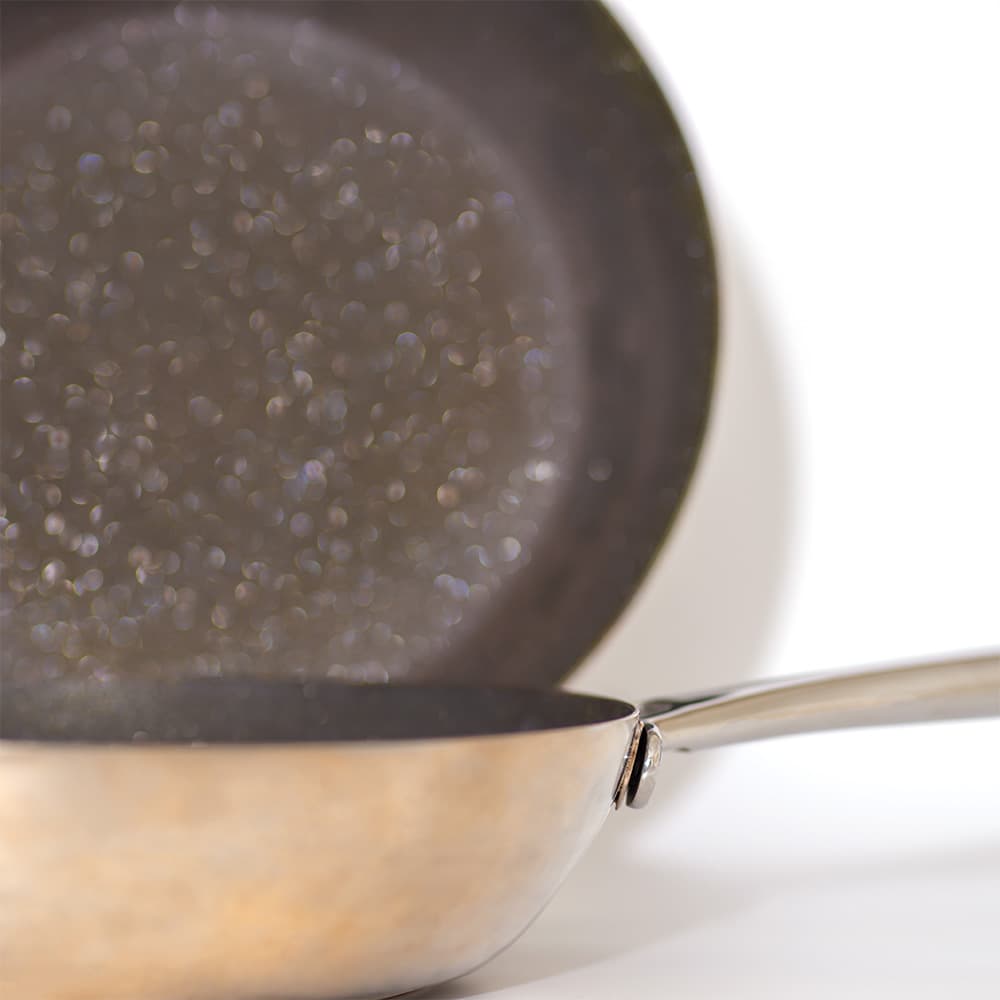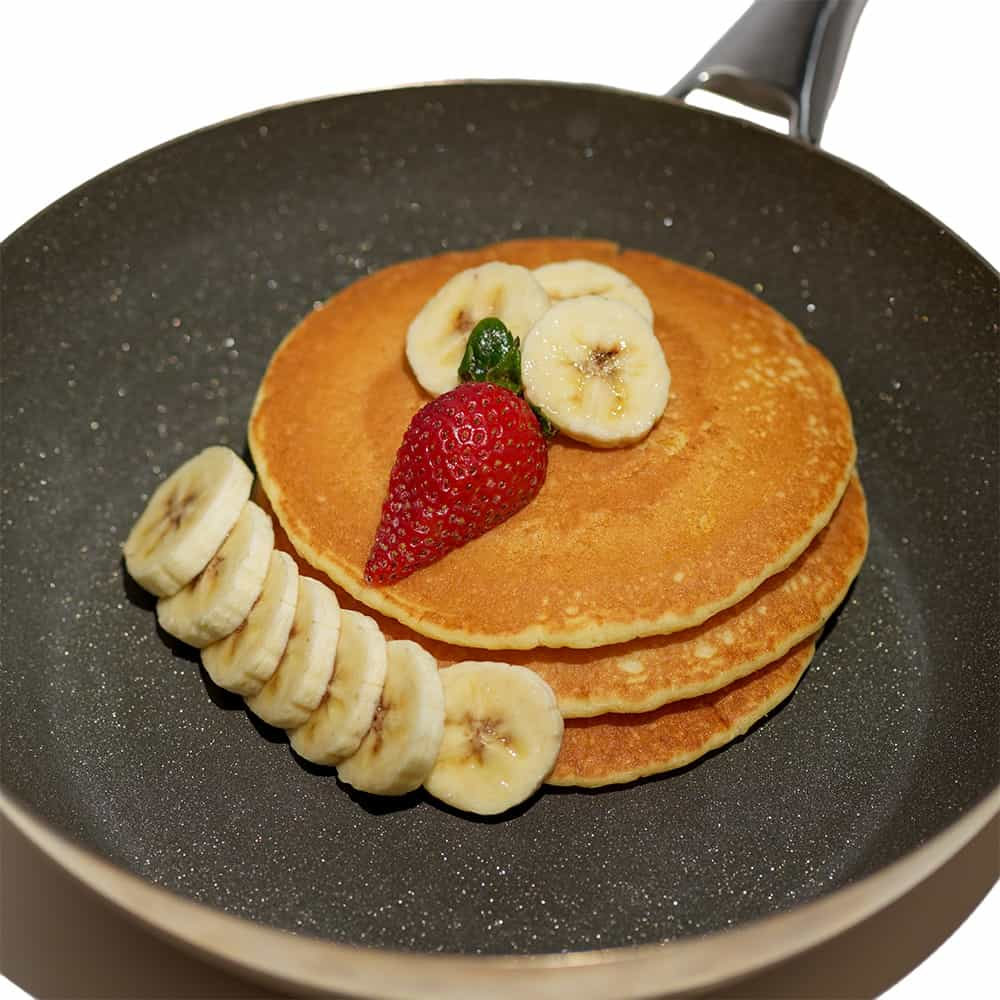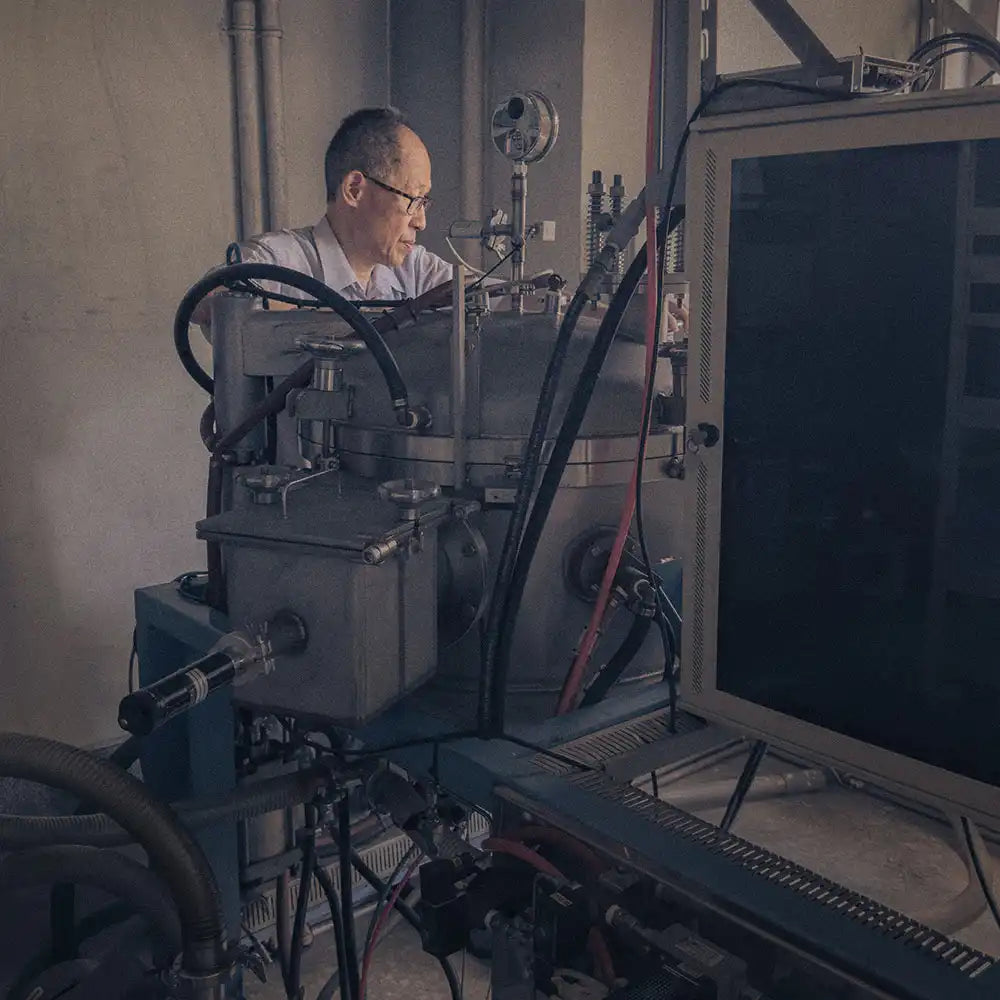
PFAS-Free Diamond Cookware: The Comprehensive Nonstick Guide for American Home Cooks

If you’ve ever spotted “diamond cookware” on store shelves, you know it’s sold as a premium way to cook your meals more efficiently—perhaps with a dash of sparkle. But with so many brands and buzzwords like “diamond-infused” or “diamond-coated,” it can feel overwhelming. This article breaks down why diamond cookware is often PFAS-free, what makes it special, how to avoid marketing gimmicks, and which type might be best for your own kitchen adventures.
Quick Takeaway
Diamond cookware offers a PFAS-free surface for safer, nonstick cooking. Vacuum-brazed pans fuse real diamonds onto metal for unbeatable toughness and heat distribution, while diamond-infused pans mix tiny diamond particles into ceramic coatings for a more budget-friendly upgrade. In both cases, a higher carat weight in diamond cookware enhances the pan's nonstick performance and durability, making it a perfect choice for home cooks looking for a healthier and more high-performing option[4][5][9][10].

1. Why Diamond Cookware Is Generally PFAS-Free
PFAS (per- and polyfluoroalkyl substances) are a family of chemicals used in some older nonstick coatings (like certain forms of PTFE or Teflon). Over time, there’s been growing concern about potential health and environmental impacts [1][2][3].
Diamond cookware, however, typically uses either:
- Ceramic-based nonstick formulations that are free of PTFE (and thus free of PFAS) [9][10].
- Vacuum-brazed diamond surfaces, where diamond crystals are mechanically bonded to the pan’s metal base—no chemical nonstick coatings required [6].
Because these methods rely on ceramic matrices or metal bonding rather than PFAS-based compounds, you can generally assume that diamond cookware is PFAS-free [9][12]. Always read the label or brand information to be sure, but in most cases, diamond cookware provides a modern, safer alternative to traditional coatings.
2. The Two Types of Diamond Cookware
Not all “diamond” pans are made the same way. Depending on the manufacturing process, you’ll encounter two main categories:
A. Vacuum Brazed Diamond Cookware
-
How It’s Made
Diamond crystals are bonded directly onto the cookware’s metal surface in a high-temperature, vacuum-sealed environment [6]. In many cases, a special alloy (like CuSnTi) is melted around the diamond crystals to ensure a strong, single-layer bond. -
Why It’s Great
- Extreme Durability: The diamonds become part of the pan, so they don’t simply flake off like a thin coating can [6].
- Scratch Resistance: The diamond layer is extremely hard (diamonds rank 10 on the Mohs hardness scale), so metal utensils or vigorous scrubbing do little damage [4][5].
- Excellent Heat Distribution: Diamond is a top-tier heat conductor, promoting even, consistent cooking [5].
-
Considerations
- Cost: This is a premium product with a higher price tag.
- Maintenance: While it’s robust, you may still want to follow any recommended cleaning practices (e.g., washing by hand).
- Weight (Carats) Matters: The more total diamond content in the surface, the better (and longer-lasting) the nonstick and heat-conductive properties [7].
B. Diamond-Infused Cookware
-
How It’s Made
Tiny diamond particles (sometimes called diamond “dust” or “powder”) are mixed into a nonstick or ceramic-based coating [8]. Think of this like adding sugar to cookie dough—those small bits of diamond are spread throughout the coating. -
Why It’s Popular
- Better Than Basic Coatings: The diamond particles add toughness and can enhance heat distribution compared to standard nonstick pans [5][9].
- Often More Affordable: Diamond-infused pans usually cost less than vacuum brazed versions [6].
-
Considerations
- Durability Varies: If the diamond content is minimal, the coating can still wear out over time [8].
- Marketing Hype: Some “diamond-infused” labels use only trace amounts of diamond—always look for details on carat weight or brand reputation [7].
- Not As Sturdy as Vacuum Brazed: Because the diamond is suspended in a coating, it’s still possible for chipping or peeling to occur if handled roughly or used at very high heat [6].
3. Carat Weight: The Key to Genuine Performance
When shopping for diamond cookware, one of the most important questions you can ask is: How many carats of diamond are in this pan?
-
Why Carats Matter
- Increased Durability: The more diamond content, the more scratch-resistant and long-lasting the surface [7].
- Naturally Nonstick Surface: Diamonds are incredibly smooth and chemically inert; with enough of them in the mix, food is less likely to stick [4][9].
- Consistent Heat Distribution: Sufficient diamond presence can help your pan reach and maintain cooking temperatures more evenly, preventing hot spots [5].
-
Watch Out for Gimmicks
- If a brand can’t (or won’t) specify actual diamond content—like the carat weight or how much diamond is used per pan—it might be a “diamond-infused” product in name only [8].
- Look for trusted manufacturers or those who openly share numbers, such as “60 carats” or “100 carats” of diamond [7].
4. Vacuum Brazed vs. Diamond-Infused: Which Is Best?
Vacuum Brazed Diamond Cookware is often considered the gold standard in terms of:
- Hardness and Edge Retention: It’s far more difficult to scratch or wear away diamond crystals that are permanently brazed to the metal [4][6].
- Longevity: These pans can last significantly longer, making them a great option for avid or professional-level home cooks who demand high performance [6].
- Even Cooking: The thick diamond layer promotes very efficient heat conduction [5].
Diamond-Infused Cookware might be your pick if:
- You cook at moderate temperatures and want a good everyday pan with improved longevity over ordinary nonstick [9].
- You’re looking for a more budget-friendly option.
- You still want PFAS-free surfaces (many are ceramic-based) [10].
Ultimately, the best choice depends on your budget, cooking style, and long-term expectations. If you cook often, love experimenting with high-heat searing, and value a product that’ll last for years, vacuum brazed can be worth the investment. Otherwise, a well-made diamond-infused ceramic pan may be enough to meet your needs [6][8].
5. Health & Safety Benefits: Fewer Chemicals, Fewer Concerns
One of the biggest draws of modern diamond cookware is the absence of PFAS chemicals. Many of these pans use ceramic-based coatings or physical bonding methods instead of PTFE-type layers [9][10]. While diamond cookware is not a magic bullet for all concerns, it does offer:
- Peace of Mind: No PFAS, PFOA, or potentially harmful compounds you might find in older nonstick pans [1][2][3][10].
- Easier Cleaning: The slick, diamond-reinforced surface usually means you can wipe away residue with little effort, reducing the need for harsh cleaning chemicals.
6. Practical Tips for Shopping
-
Always Read the Fine Print
- Look for labels mentioning “PFAS-free,” “PFOA-free,” or “PTFE-free” [10][12].
- Look for labels mentioning “PFAS-free,” “PFOA-free,” or “PTFE-free” [10][12].
- Check carat weight or specific diamond content [7].
7. Final Thoughts
Diamond cookware has become increasingly popular in the United States because it’s tough, efficient, and frequently PFAS-free [10][11]. If you’re a serious home cook—or simply want a long-lasting, safer alternative to older nonstick pans—consider investing in a vacuum brazed diamond option. It offers top-tier durability, scratch resistance, and cooking performance [6].
However, if your budget is tighter or you mainly prepare quick, moderate-heat meals, diamond-infused ceramic can still provide a smoother cooking experience than many traditional nonstick pans—while retaining the health benefit of being PFAS-free.
Reference
- States' Growing Efforts to Eliminate PFAS - ASTHO, https://www.astho.org/communications/blog/states-growing-efforts-to-eliminate-pfas/
- Key EPA Actions to Address PFAS | US EPA, https://www.epa.gov/pfas/key-epa-actions-address-pfas
- 2025 PFAS prohibitions | Minnesota Pollution Control Agency, https://www.pca.state.mn.us/air-water-land-climate/2025-pfas-prohibitions
- Why Diamonds Are Naturally Nonstick? - diamondPans, https://diamondpans.com/blogs/news/why-diamonds-are-naturally-nonstick
- Diamond: Shaping the Future of Cookware - diamondPans, https://diamondpans.com/blogs/news/diamond-shaping-the-future-of-cookware
- Vacuum Brazed vs. Diamond-Infused Cookware: The Guide to Choosing High-Performance Kitchen Tools - diamondPans, https://diamondpans.com/blogs/news/vacuum-brazed-vs-diamond-infused-cookware-the-guide-to-choosing-high-performance-kitchen-tools
- How to Choose Diamond Cookware: Carat Weight Matters Most - diamondPans, https://diamondpans.com/blogs/news/how-to-choose-diamond-cookware-carat-weight-matters-most
- Best Diamond Coated Cookware? What You NEED to Know Before You Buy - diamondPans, https://diamondpans.com/blogs/news/best-diamond-coated-cookware-what-you-need-to-know-before-you-buy
- Diamond Cookware: A Safe and PFAS-Free Nonstick Option - diamondPans, https://diamondpans.com/blogs/news/diamond-cookware-a-safe-and-pfas-free-nonstick-option
- What are PFAS and Why Should People Choose PFAS-Free Cookware? - diamondPans, https://diamondpans.com/blogs/news/what-are-pfas-and-why-should-people-choose-pfas-free-cookware
- Minnesota’s PFAS Ban: Your Guide to Healthier, Safer Cookware Alternatives - diamondPans, https://diamondpans.com/blogs/news/what-are-pfas-and-why-should-people-choose-pfas-free-cookware
- PFAS Regulations in the U.S. and Their Impact on Nonstick Cookware - diamondPans, https://diamondpans.com/blogs/news/pfas-regulations-usa-nonstick-cookware
- Best Diamond Cookware for Home Cooks in the USA: Top Brands & Benefits - diamondPans, https://diamondpans.com/blogs/news/best-diamond-cookware-home-cooks-usa
- Why Diamond’s Nonstick Properties Aren’t Due to Hardness or Heat Conduction- diamondPans, https://diamondpans.com/blogs/news/rethinking-diamond-s-nonstick-reputation-addressing-common-misunderstandings





